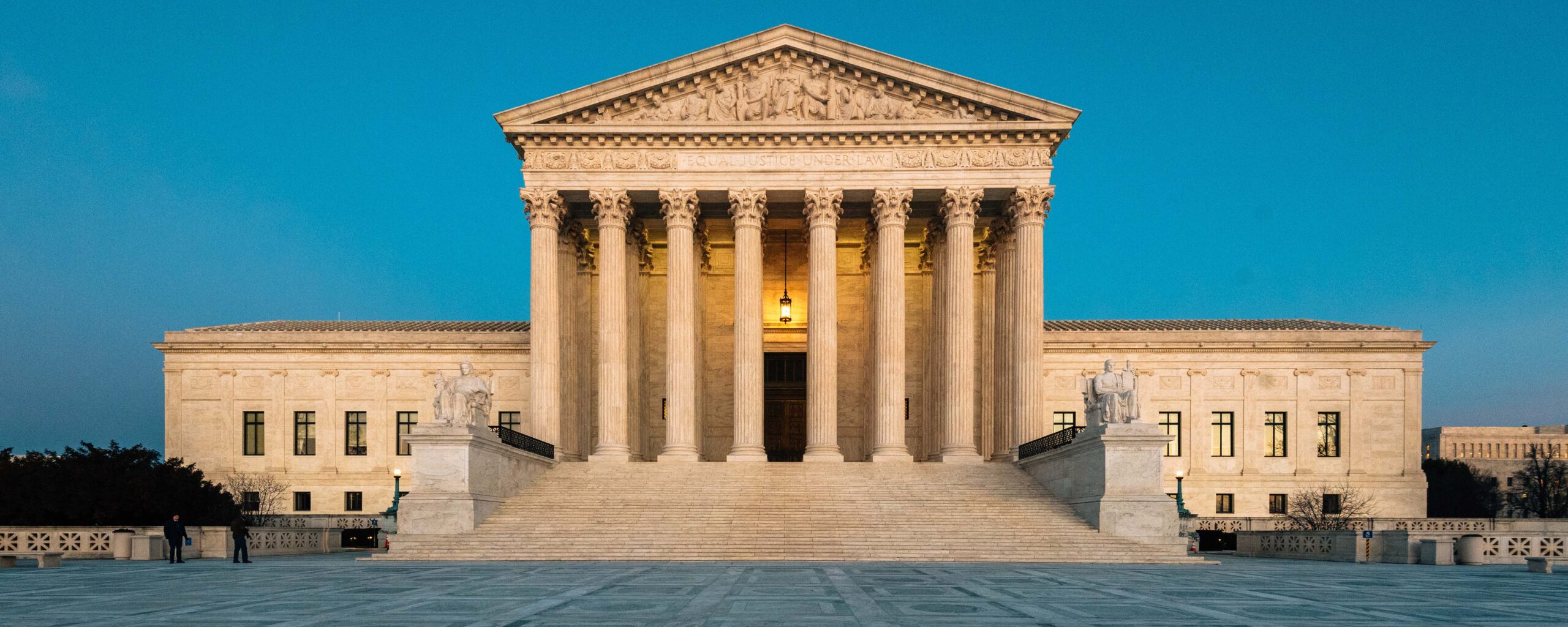Drawing on spending estimates from Kantar Media CMAG and the fact-checking of the major fact-checking sites, the Annenberg Public Policy Center has found that from April 10, 2012 when Mitt Romney became the presumptive nominee of the Republican party (according to Kantar Media CMAG) through September 20, 2012, an estimated 27.8 percent of the dollars spent on third-party presidential ads were devoted to ads containing at least one deception called out by at least one of the fact-checking groups (FactCheck.org, PolitiFact, the Washington Post Fact Checker, or the Associated Press). During this period, super PACs and 501(c)(4) groups were about even in the proportion of their presidential advertising dollars spent on deceptive ads (29.1% compared with 27.0%).
This is a change from the last time we reported these findings in June, when the Annenberg Public Policy Center found that 85 percent of the presidential television ad dollars spent by 501(c)(4) groups and 57 percent of the presidential ad dollars spent by the largest super PACs and other groups were spent on presidential television ads containing at least one deception called out by the fact-checkers. The covered time periods went back to December 2011, when the primary campaigns were heating up.
This change could be the result of fewer third-party ads being fact-checked or the third-party groups producing more accurate advertising.
As for the proportion of deceptive dollars to all dollars spent on advertising:
- “Crossroads GPS,” the pro-Romney 501(c)(4) group, spent an estimated 26.1 percent of its presidential ad dollars (estimated $8,700,250) on deceptive ads attacking President Obama.
- The pro-Obama super PAC “Priorities USA Action” spent an estimated 33.5 percent of its presidential ad dollars (estimated $3,534,940) on deceptive ads attacking Governor Romney.
- The pro-Romney super PAC “Restore Our Future” spent an estimated 27.4 percent of its presidential ad dollars ($7,744,160) on deceptive ads attacking President Obama.
The following table details the breakdown of dollars spent on presidential television advertising and the proportion of those monies spent on ads containing at least one deception as judged by at least one of the fact-checking organizations.
| Third-Party Dollars Spent on Deceptive Ads* | |||
| Super PACs | Estimated Spending from 4/10/12 through 9/20/2012 | ||
| Total ESTIMATED $ Spent | Total ESTIMATED $ Spent on Deceptive Ads | ESTIMATED % of Deceptive Dollars | |
| Priorities USA Action (Pro-Obama) | $10,555,200 | $3,534,940 | 33.5% |
| Restore Our Future (Pro-Romney) | $28,209,310 | $7,744,160 | 27.4% |
| TOTAL SuperPACs | $38,764,510 | $11,279,100 | 29.1% |
| 501c4 Groups | Estimated Spending from 4/10/12 through 9/20/2012 | ||
| American Energy Alliance (Pro-Romney) | $207,920 | $207,920 | 100.0% |
| Americans for Prosperity (Pro-Romney) | $31,459,330 | $7,549,820 | 23.9% |
| American Future Fund (Pro-Romney) | $1,286,140 | $1,197,400 | 93.1% |
| Crossroads GPS (Pro-Romney) | $33,293,360 | $8,846,110 | 26.6% |
| Secure America Now (Pro-Romney) | $143,320 | $142,690 | 99.6% |
| TOTAL 501c4 | $66,390,070 | $17,943,940 | 27.0% |
| TOTAL THIRD PARTY | $105,154,580 | $29,222,440 | 27.8% |
*Estimates based on figures provided by Kantar Media CMAG
SEE APPENDIX FOR DETAIL
To see more detail about these claims, visit FlackCheck.org’s Deception Log.
Appendix
From Kantar Media CMAG—Calculating Television Rates to Determine Dollars Spent
Television stations, rep firms and agency sources are polled quarterly. These industry sources provide average 30-second daypart-level rates (and program rates for sports and specials) for the upcoming quarter. This information is used to estimate rates to be applied for that quarter. To account for the time it takes for any given rate to populate within the system, Kantar Media CMAG uses an average cost function based on rates from historical program averages airing in the same market on the same station during the same daypart. These temporary estimates are updated with actual sourced rates when they become available.
Several weeks after the local data are produced, Kantar Media receives the results from a national broadcasting industry survey conducted monthly by the Television Bureau of Advertising (TVB). This new information provides a national advertising growth trend as reported by responding stations. Expenditures are adjusted to reflect these industry spot revenue patterns. Once this final rate data is available, all temporary rates calculated using the average cost function are replaced with the final data.
CMAG may occasionally adjust station-level estimated rates for any given week based on known media buys. When CMAG obtains actual ad buy information, station rates are adjusted upward or downward to reflect the actual cost of an ad buy.

